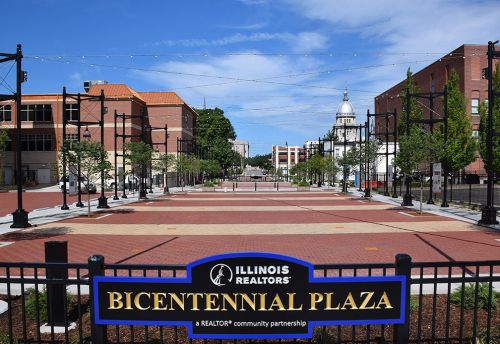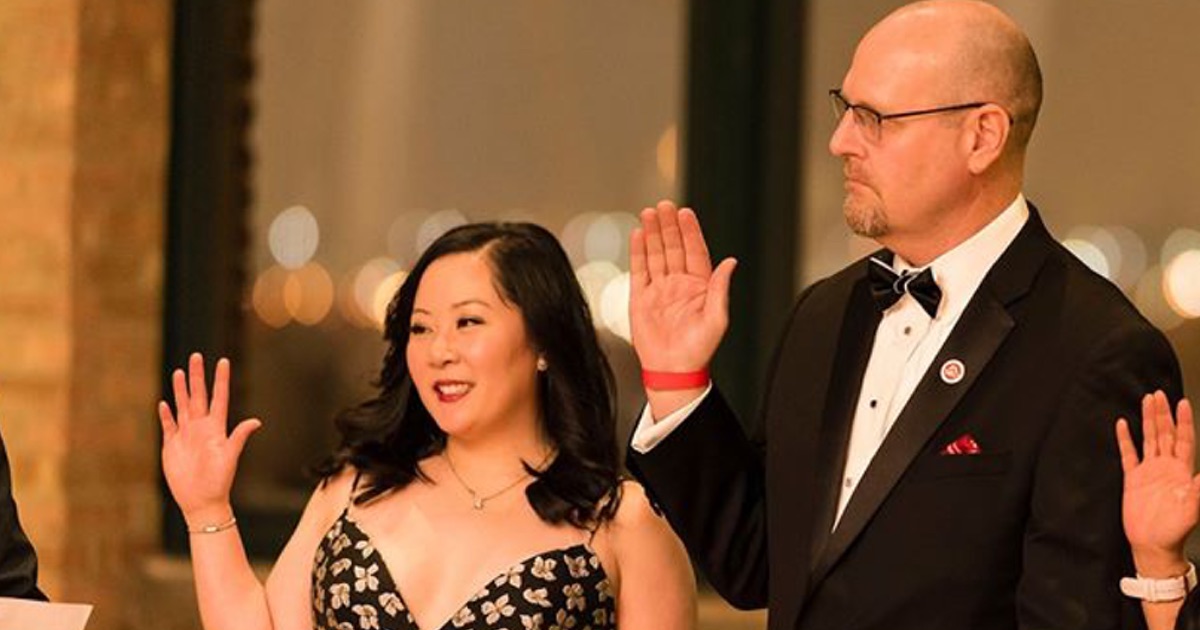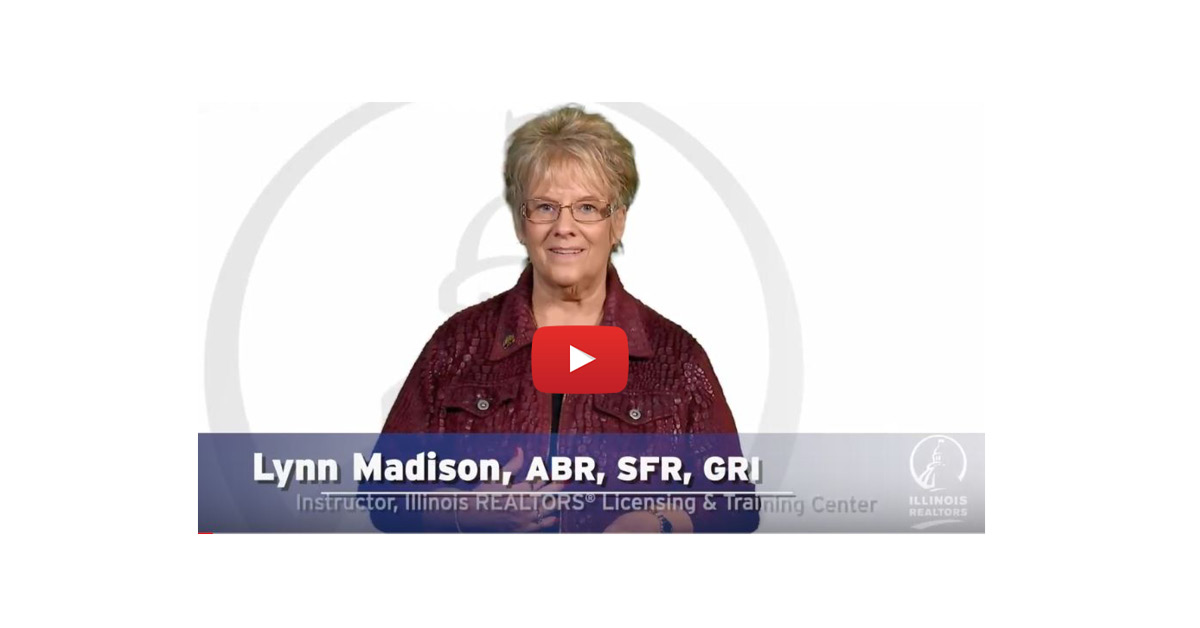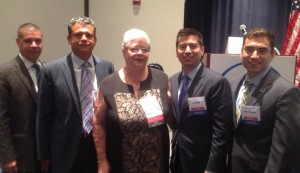
Panel #2 on Latino Trends and Solutions for Success: Ed Ruiz, Wintrust Financial Corporation's senior vice president-retail branch management and is branch president for Wintrust's Logan Square office; REALTOR Jose Colon, CCIM, vice president, investment sales, Jameson Group; panel moderator REALTOR Loretta Alonzo; Joe Castillo, SFR, broker-owner of ERA Mi Casa and vice president of the Chicago chapter of the National Association of Hispanic Real Estate Professionals, Marc Hernandez Vice President of First Merit Bank and Chicago president of NAHREP.
The Latino population is a major player in the Illinois and U.S. economies and housing markets, but how much do you know about this diverse and growing segment?
Today’s IAR Multicultural Summit held at the McCormick Place in Chicago featured three panels focusing on the Latino factor and the global opportunities it represents.
Here are ten takeaways from the various session speakers and click here to find some of the presentations:
1. Twenty-two percent of foreign investment buyers in the U.S. come from Latin America. Illinois ranks No. 9 when it comes to all foreign investment buyers – Jeff Hornberger, National Association of REALTORS®.
2. First- and second-generation Latino buyers often approach the homebuying process differently. The first-generation values homeownership, are often self-employed, likes to deal face to face, is loyal and isn’t afraid to take on a home that needs work. – REALTOR® Joe Castillo
3. Second-generation Latino buyers (in the Millennial age range) prefer a newer home, may get a gift of a down payment from family members, are savvy about first-time homebuyer programs and consider Facebook and mobile technology useful tools in their search. – Joe Castillo
4. Immigration reform could open the door to homeownership for more Latinos. As many as 3 million currently undocumented immigrants would be potential homebuyers if they were allowed to seek legalization. – Joe Nery, principal Nery & Richardson.
5. Within the last three years, there were 1.2 million new households formed and of those, 52 percent were led by a Latino head of household. – Joe Nery
6. Unlike previous trends, the majority of the U.S. Latino population growth comes from U.S.-born Latinos and not immigrants. – Sylvia Puente, Latino Policy Reform
7. While the foreclosure outlook has improved in many housing markets, it is taking longer to turnaround in the Latino sector. – Sylvia Puente
8. There are four challenges to financing for the Latino market: low appraisals or property conditions, issues with citizenship status, the large number of self-employed individuals and the trend of having cash on hand. – Marc Hernandez, vice president with First Merit Bank.
9. If you are working with clients who are buying in Latin America or other foreign locales, be aware of the additional costs (of having documents translated,etc.) and local regulations that may apply. – REALTOR® Michael Bauknecht
10. Financial literacy is one of the key factors in keeping people in their homes. Educating potential Latino buyers about the buying and financing process is critical. – REALTOR® Mábel Guzmán.




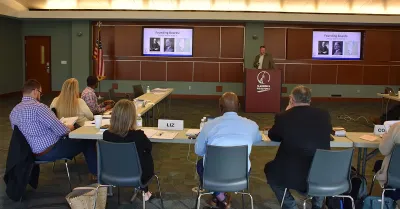 Create professional development programs that help REALTORS® strengthen their businesses.
Create professional development programs that help REALTORS® strengthen their businesses.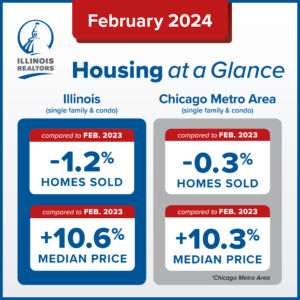
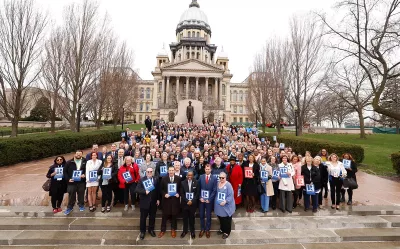 Protect private property rights and promote the value of REALTORS®.
Protect private property rights and promote the value of REALTORS®.
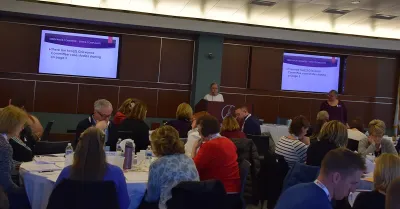 Advance ethics enforcement programs that increase REALTOR® professionalism.
Advance ethics enforcement programs that increase REALTOR® professionalism.
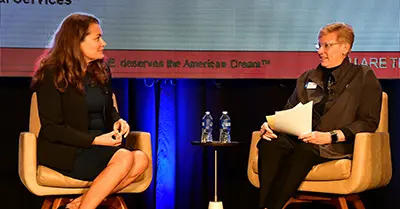 Protect REALTORS® by providing legal guidance and education.
Protect REALTORS® by providing legal guidance and education. Stay current on industry issues with daily news from Illinois REALTORS®, network with other professionals, attend a seminar, and keep up with industry trends through events throughout the year.
Stay current on industry issues with daily news from Illinois REALTORS®, network with other professionals, attend a seminar, and keep up with industry trends through events throughout the year.